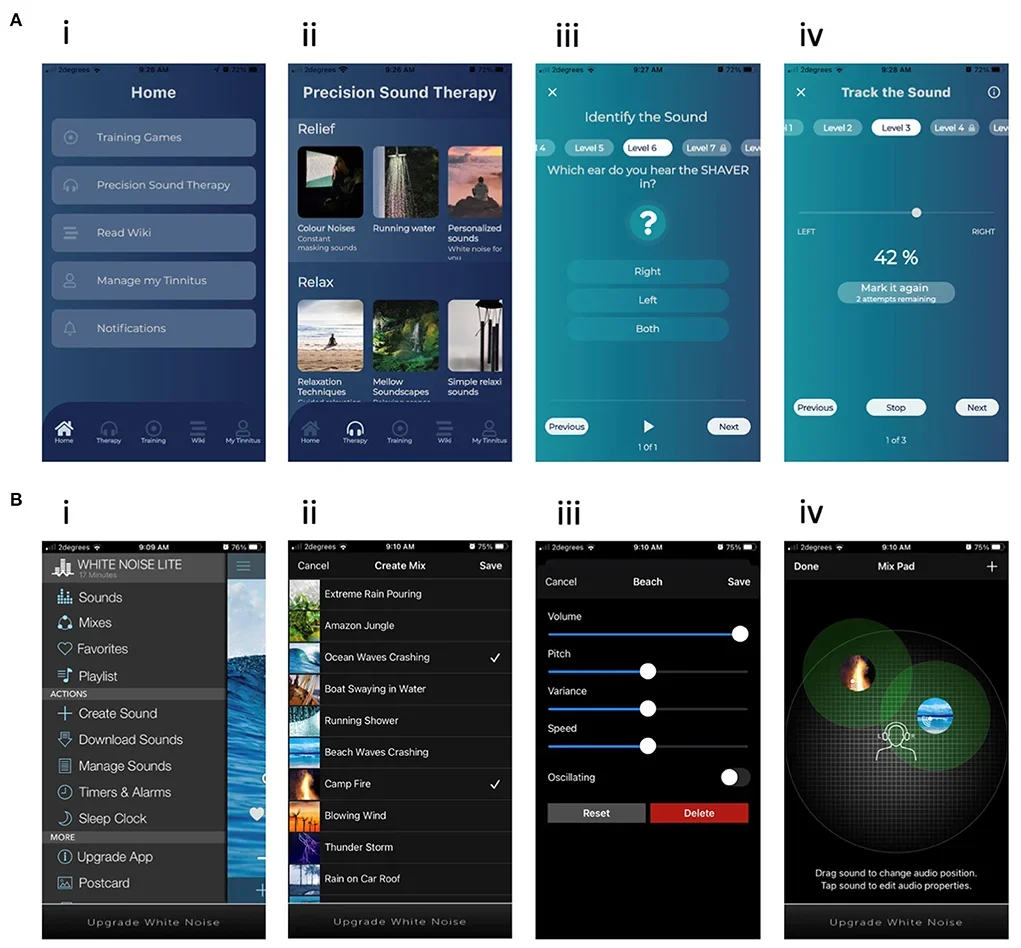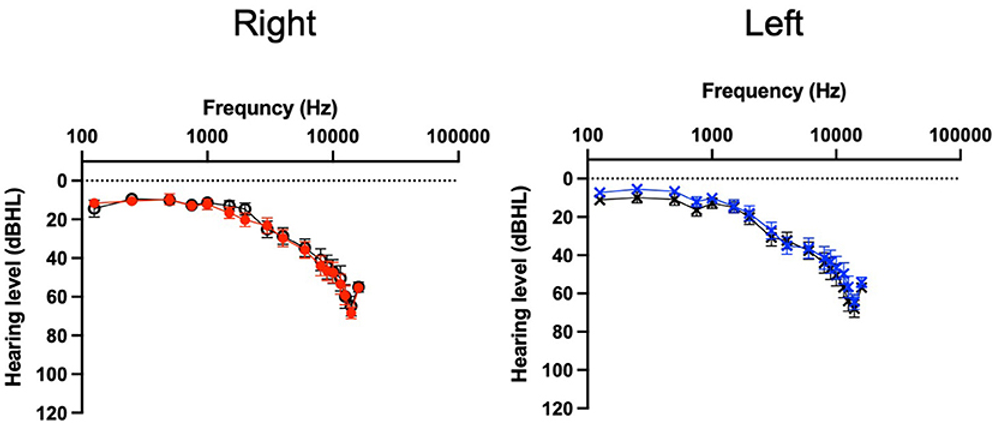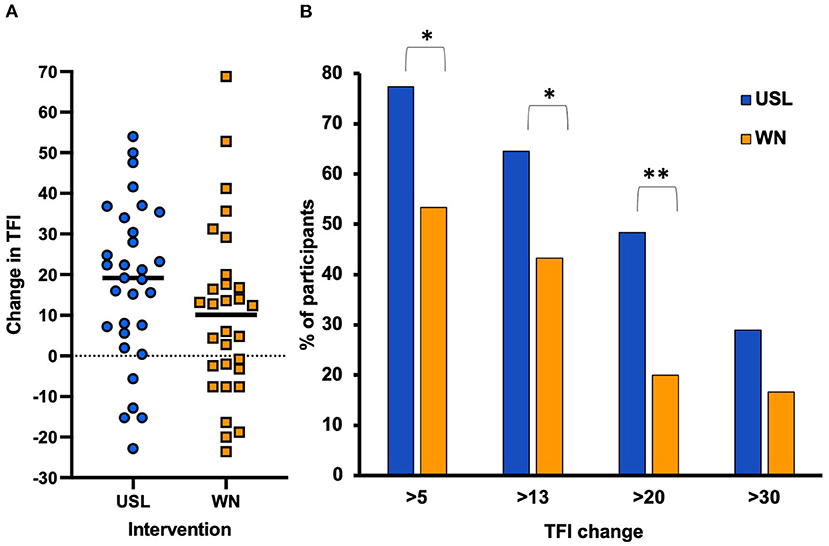Tinnitus, the sensation of hearing sound without an external source, can affect nearly half of people in some studies. This phantom noise often takes a toll on sleep, focus, and mental health, increasing feelings of stress, anxiety, or depression.
The root cause lies in disrupted nerve activity, usually after damage to the ear or head. But other factors—like background noise, attention levels, memory, and mood—can shape how severe it feels. Despite years of study, no cure has emerged, though the search continues with growing urgency.
Much of the challenge stems from tinnitus’s strange nature. People hear what isn’t there—buzzing, ringing, or hissing. Because it doesn’t stem from a single injury or illness, treatments have mostly tried to ease symptoms, not eliminate them.
Traditional therapies focus on reshaping how the brain responds to the phantom sound. Cognitive Behavioral Therapy (CBT) helps people cope with distress, while sound therapies try to mask or soften the perception. Results have been mixed, and relief varies from person to person.

Neuromodulation has opened a new path. Here, tools like Tinnitus Retraining Therapy (TRT) or acoustic stimulation attempt to retrain the brain. They work to reduce the sound’s emotional impact or help the brain filter it out over time.
One recent study at the University of Auckland compared TRT with a partial version of the therapy and standard care. Researchers tracked 151 patients for 18 months. In the full TRT group, 47.1% showed clear improvement in quality of life, versus 40.5% who received standard care. While promising, these gains were modest.
Other trials have looked to technology for answers. The ACR T30 Neurostimulator used targeted sound bursts to disrupt brain patterns. Yet the results showed little difference from placebo. A separate study that paired sound therapy with tongue stimulation also produced only slight improvements.
Related Stories
Associate Professor Grant Searchfield, who led the study, explained, “This therapy de-emphasizes tinnitus, relegating it to background noise with no meaning or relevance.”
In a 12-week trial, 65% of participants reported improvement, with some experiencing life-changing results. Audiology research fellow Dr. Phil Sanders noted, “For some, it shifted from overwhelming their lives to being manageable.”
The study published in Frontiers in Neurology, randomized 61 patients, comparing the polytherapeutic app to a widely-used white noise app. Significant improvements were observed in the polytherapeutic group, including reduced tinnitus severity and enhanced mental well-being.
These findings mark a critical milestone in tinnitus treatment, emphasizing the potential of comprehensive, accessible digital interventions.

Tinnitus presents significant variability among sufferers. Factors such as environmental conditions, psychological predispositions, and individual neural patterns influence its manifestation. This variability highlights the limitations of one-size-fits-all treatments and underscores the need for personalized therapies.
Researchers are now exploring tailored approaches. By understanding each patient’s unique tinnitus profile and treatment goals, therapies can be customized to target specific symptoms or underlying mechanisms. Early efforts include goal-oriented counseling and personalized sound therapy, focusing on aspects such as attention retraining and relaxation.
Preliminary studies have shown promise in combining behavioral interventions with digital tools. For instance, a prototype smartphone-based digital therapeutic tested alongside counseling methods showed encouraging outcomes.
This approach integrates tools for relief and adaptation, guided by patient feedback and behavioral needs. As these methods evolve, they hold potential to transform the standard of care for tinnitus.

Although recent advancements signal progress, challenges remain. Larger, multi-center trials are necessary to confirm the efficacy and scalability of digital polytherapeutics. Researchers aim to refine these tools, incorporating real-time feedback and expanding their capabilities. Combining digital therapies with medications or other interventions may further enhance outcomes.
The collaborative effort between the University of Auckland and Tinnitracks, a German company specializing in tinnitus therapeutics, illustrates the global commitment to innovation. Tinnitracks’ platform, enhanced for the New Zealand market, provided a foundation for the digital polytherapeutic.
Dr. Searchfield emphasized the importance of continuing research, saying, “We need to see if these results replicate in larger populations and assess long-term effects.” By addressing these gaps, the field moves closer to a future where tinnitus is not merely managed but fundamentally mitigated.

For millions affected by this condition, the prospect of relief is no longer a distant hope. With sustained research and technological innovation, the dream of conquering tinnitus is within reach.
According to the Mayo Clinic, factors that increase the risk of developing tinnitus include but may not be limited to:
According to the Mayo Clinic, Tinnitus may lead to secondary issues such as:
Treating these complications can improve overall well-being, even if tinnitus itself remains.
While not all cases of tinnitus can be avoided, the Mayo Clinic suggests the following to reduce your risk:
Always consult your doctor or other qualified healthcare provider with any questions you may have regarding a medical condition, procedure, or treatment, whether it is a prescription medication, over-the-counter drug, vitamin, supplement, or herbal alternative.
Note: Materials provided above by The Brighter Side of News. Content may be edited for style and length.
Like these kind of feel good stories? Get The Brighter Side of News’ newsletter.
The post New mobile app clinically proven to treat tinnitus appeared first on The Brighter Side of News.
Leave a comment
You must be logged in to post a comment.